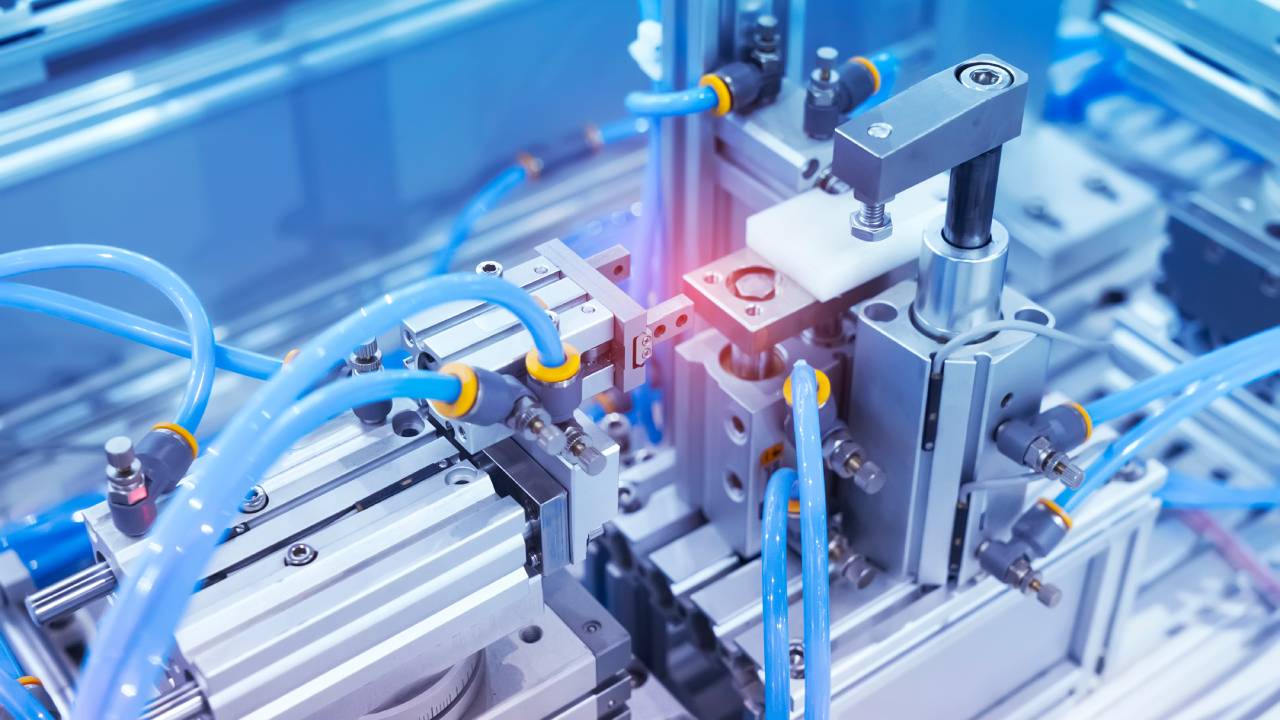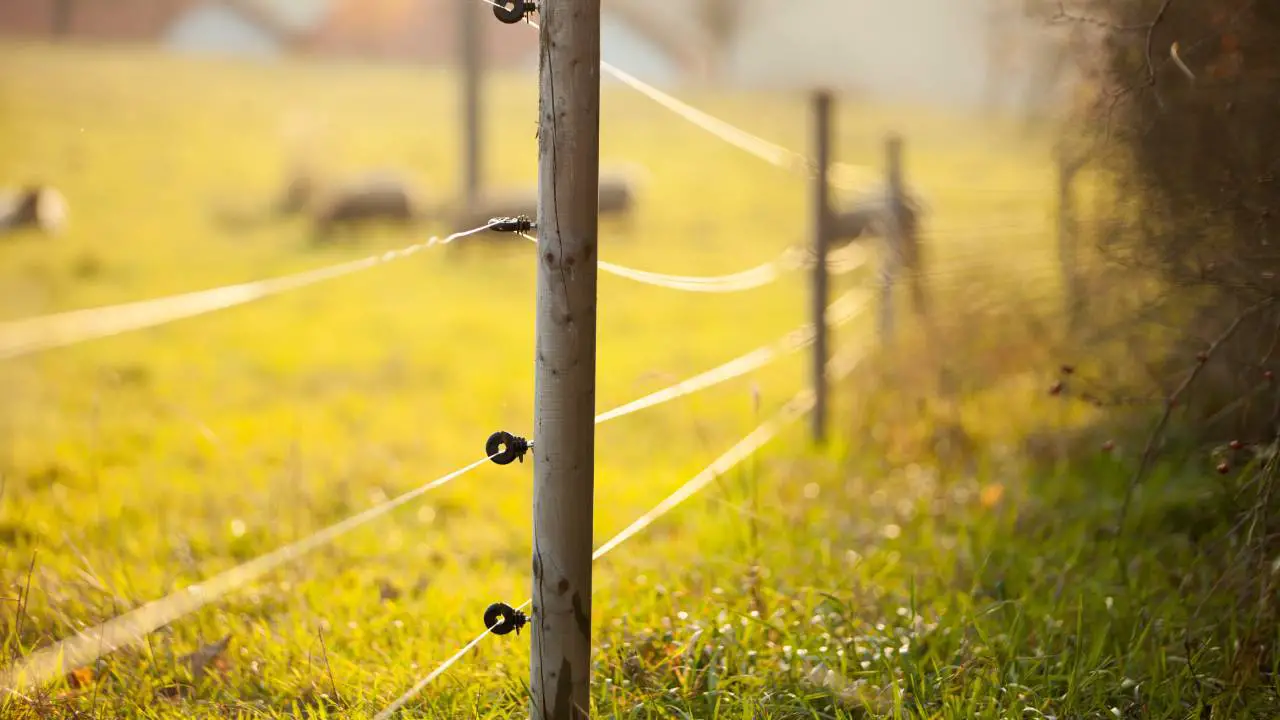When it comes to tiling projects, having the right tools makes all the difference, and a reliable tile cutter is essential for getting perfect results. Whether you’re a professional in the construction industry or a DIY enthusiast improving your home, choosing the right tile cutter is a decision that impacts the quality of your work. […]
Category: How To (How I Did)
You could call this a How To – but people often tell me I did it wrong – now to be fair you can’t really tell me I can’t do it that way, when the video shows I actually DID do it that way – so to cool down the hateraide – lets just call this HOW I DID
Tips for Enhancing the Performance of Your Pneumatic Systems
Pneumatic systems are everywhere—especially in the industrial world. These systems power heavy-duty construction tools, manufacturing machinery, aviation cooling systems, and much more. Maintaining the performance of these systems is vital for the reliability and efficiency of your equipment. Enhance the performance of your pneumatic systems with a few tips and tricks from this guide. Regular […]
5 Tips for Staying Safe During Your Home Renovation
Transforming your living space to meet your needs is one of the most exciting parts of home renovation. However, DIY projects often involve risks, so prioritizing safety is a must for a successful project. Follow these essential tips for staying safe during your home renovation. Gear Up with Safety Equipment Equip yourself with essential protective […]
4 Expert Security Solutions To Protect Your Farm
Running a farm means you’re managing everything from crop production and livestock care to efficient resource utilization and financial planning. Amidst these responsibilities, ensuring the security of your farm is a top priority. Safeguarding your assets helps prevent issues of agricultural theft, vandalism, and unauthorized access. This guide will explore expert security solutions to protect […]
How To Prepare for an Outdoor Adventure With Kids
Planning an outdoor adventure with kids requires thorough preparation and a keen understanding of their needs. Whether hiking through lush forests or embarking on a camping trip in the mountains, attention to detail can transform a day in nature into a safe and enjoyable family experience. Here’s a structured approach to making your next outdoor […]





